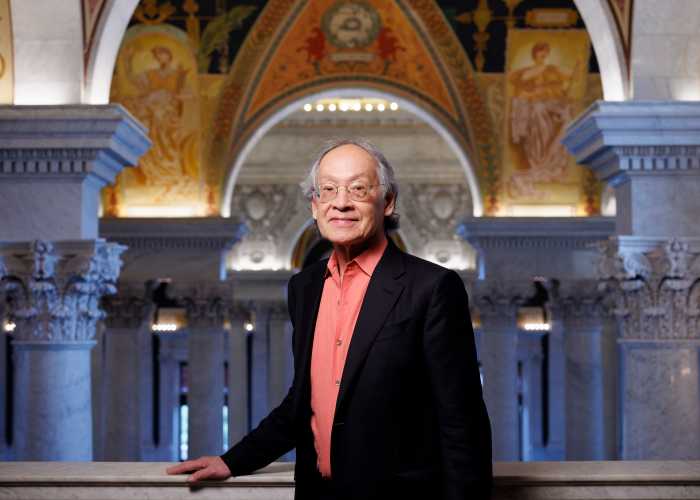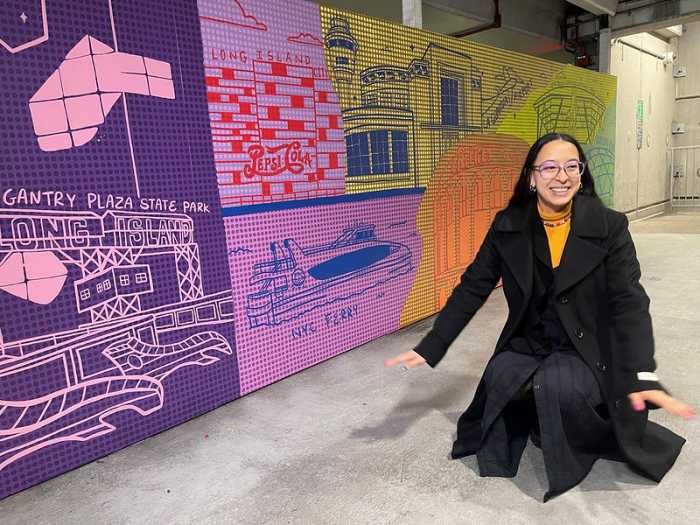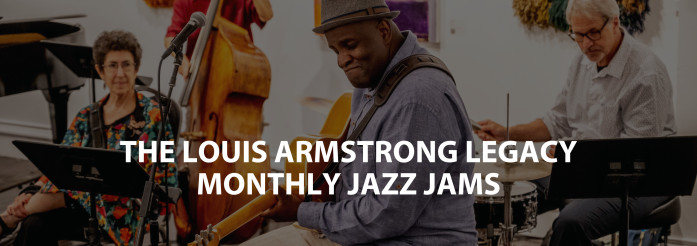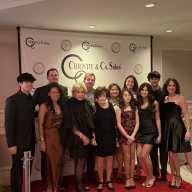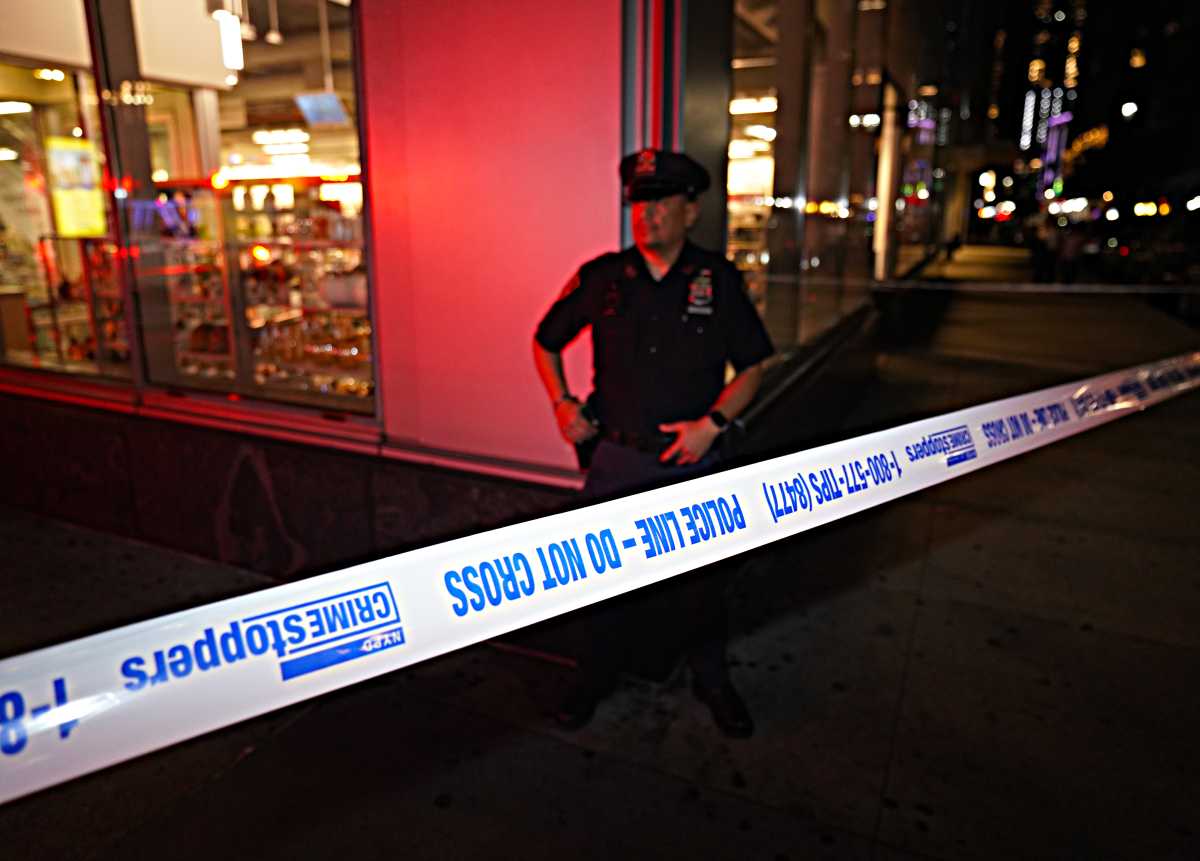The arts and culture scene has been prospering in Queens over the years with local and international performances in the world’s most diverse borough.
There are numerous events for everyone to attend, whether it’s at a museum or performing arts theatre.
Throughout the years, various local cultural institutions and artists have contributed to the creation of original ethnic art that can be found throughout Queens.
“There is a blossoming of cultural events here, not just visual arts and museums, but performing arts. There’s dance, there’s all kinds of stuff to do and see in Queens that don’t require you to go in Manhattan and it’s cheaper,” said Queens Borough Historian Jack Eichenbaum.
Queens Museum
One historic cultural venue is the Queens Museum located in Flushing Meadows Corona Park. The establishment was built by New York City to house the Pavilion at the first New York World’s Fair in 1939, where it featured displays about municipal agencies, according to Eichenbaum.
The museum is now the only surviving building from the 1939 Fair. After the World’s Fair, the building became a recreation center for the newly created Flushing Meadows Corona Park. The north side of the building housed a roller rink, and the south side, an ice rink.
“In the early ‘70s it became the Queens Museum of Art. About five years ago, it was completely remodeled and they now occupy the entire building, where mostly they have art there,” said Eichenbaum.
Today, the new Queens Museum is an expansive open light-filled space with exhibitions, educational initiatives, and community programming engaging local residents, international tourists, school children, artists, and individuals with special needs, families, seniors, recent immigrants, and longtime
New Yorkers.
Flushing Town Hall
Given protected status by the Landmarks Preservation Commission in 1967 and placed on the National Register of Historic Places in 1972, Flushing Town Hall — located at 137- 35 Northern Blvd. — has brought global arts and cultural performances to the community.
The center has brought audiences together via high-quality arts exposure and experiences through programs in Jazz, classical and world music, theater, dance and spoken word, family and education programs, senior programs, exhibitions and free community events.
In celebration of its 40th anniversary, Flushing Town Hall is currently running 72 shows in the span of six months, hosting jazz, global music, family shows, exhibitions, and more.
Kupferberg Center for the Arts
Additionally, the Kupferberg Center for the Arts at Queens College has been at the core of providing high quality, accessible, and affordable cultural attractions to students and the borough’s 2.3 million residents. It is the largest multi-disciplinary arts complex in Queens, named “Best place to visit in 2015” by Lonely Planet, according to its website.
Artists and performers who have taken the stage include Jerry Seinfeld, David Bowie, Piano Guys, Patti LaBelle, Johnny Mathis, Victor Manuelle, Cesar Milan, El Gran Combo, and many more.
Travel to Northwestern Queens, and one can find a number of smaller museums and galleries in Long Island City and Astoria, where artists over the past 40 years have moved from Manhattan building their own organizations and reviving the art community.
LIC Arts Open
Founded in 2011 by Richard Mazda, LIC Arts Open — Queens’ largest arts festival — is a platform dedicated to keep the cultural art scene of Long Island City alive and active. The nonprofit organization has helped foster Long Island City’s cultural and economic development, raising the profile of the most diverse arts communities in New York City.
MOMA PS1 & The Museum of Moving Image
The Museum of Modern Art (MOMA PS1), located at 22-25 Jackson Ave in LIC, provides a display of contemporary and modern art exhibitions, while The Museum of Moving Image, at 36-01 35th Ave in Astoria, is dedicated to the art, technology, and social impact of film, television, and digital media. The museum is in the former building of the historic Astoria Studios (now Kaufman Historic Studios).
The arts community has played a major factor in the comeback of Long Island City, according to Rob MacKay, Public Relations, Marketing & Tourism, of the Queens Economic Development Corporation.
“Around the borough you can get a lot of authentically ethnic art,” said MacKay. “Almost every country is represented in the arts in Queens.”
The Noguchi Museum
Designed by Japanese-American sculptor, Isamu Noguchi in 1985, The Noguchi Museum, located at 9-01 33rd Road in LIC, exhibits his sculptures, furniture designs, architectural models, and drawings. There is also an adjacent outdoor garden with more Noguchi sculptures.
The museum is located across the street from where Noguchi worked and lived during the 1960s and 1970s. He bought a photogravure plant and gas station in 1974 and converted them into his museum.
Thalia Spanish Theatre
In Sunnyside, the Thalia Spanish Theatre — established in 1977 — is the first and only bilingual Hispanic theatre in Queens. It serves as the home of Spanish and Latin American culture with productions, plays, musicals and dance. Every month is Hispanic Heritage Month at the theatre, located at 41-17 Greenpoint Ave.
The Thalia Spanish Theatre has grown from a community-based theatre to a world-class cultural institution with guests from Spain, Uruguay, India, Germany, Israel, Mexico, Guatemala, Peru, Colombia, Argentina and more, according to its website.
Jamaica Center for Arts and Learning
Long Island City is just one of many communities with tiny art shops. There are cultural art hubs in Jamaica such as the Jamaica Center for Arts and Learning founded in 1972 in the Southeast, Queens community.
JCAL has earned an reputation for inspiring the youth of the neighborhood taking an interest in the arts, showcasing the talents of up and coming local artists and performers, creating dynamic multicultural programs and workshops embraced by
the community.
“Cultural venues are finally getting the respect that they deserve, we’re getting a good reputation on many different levels,” said MacKay. “People are starting to come to the borough typically for the culture and arts, in larger numbers than they ever have before.”
The more people come out to Queens, the more they will learn about the borough and its history, said MacKay.
“For anyone that is my age, they associate Queens with Archie Bunker, and Queens has changed a lot in the last 20-30 years, and it’s really become a great place to live and work,” said MacKay. “It’s also a great place to come and appreciate art and great food. There’s a good combination of international art to local grassroots art.”


